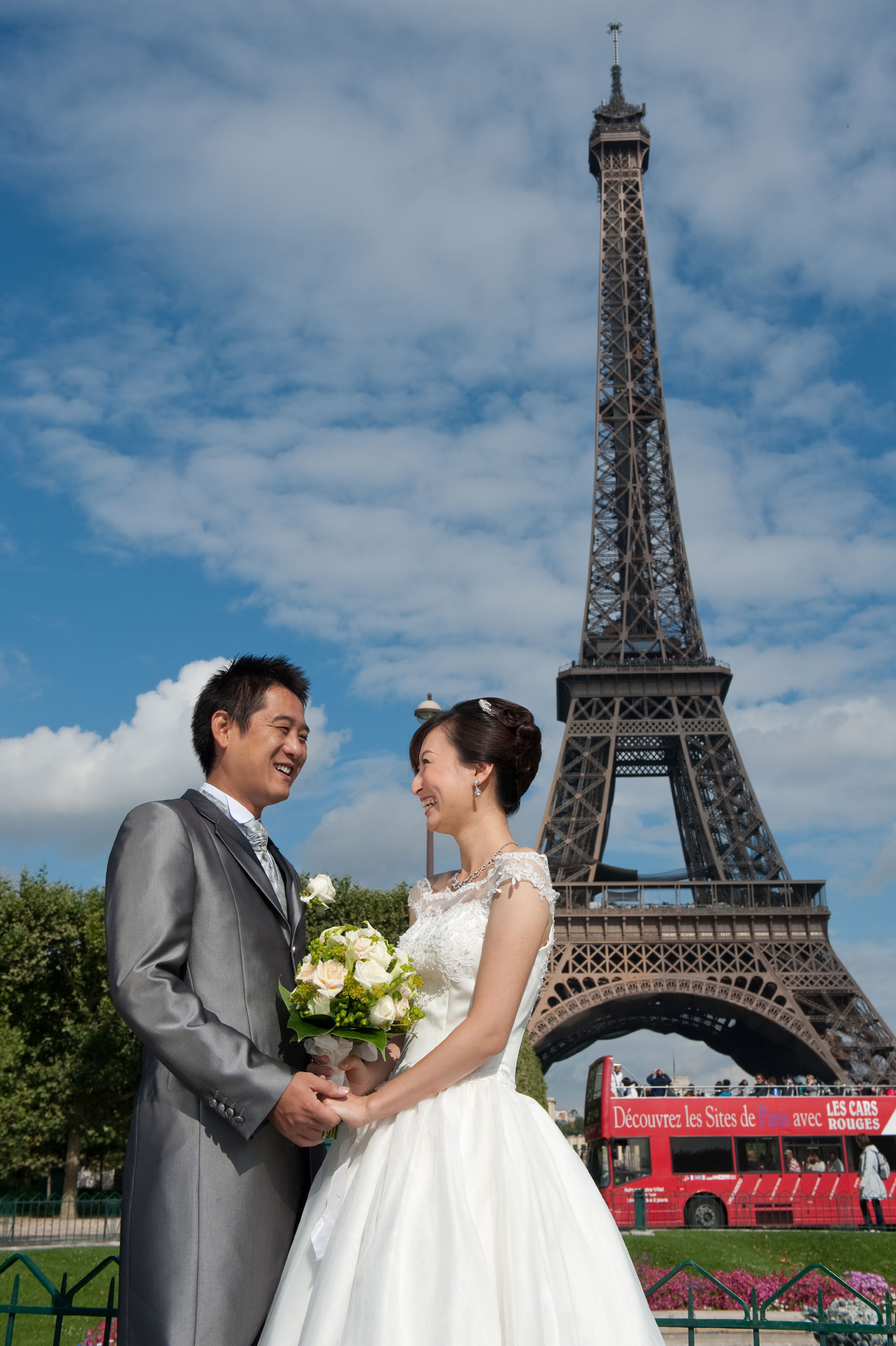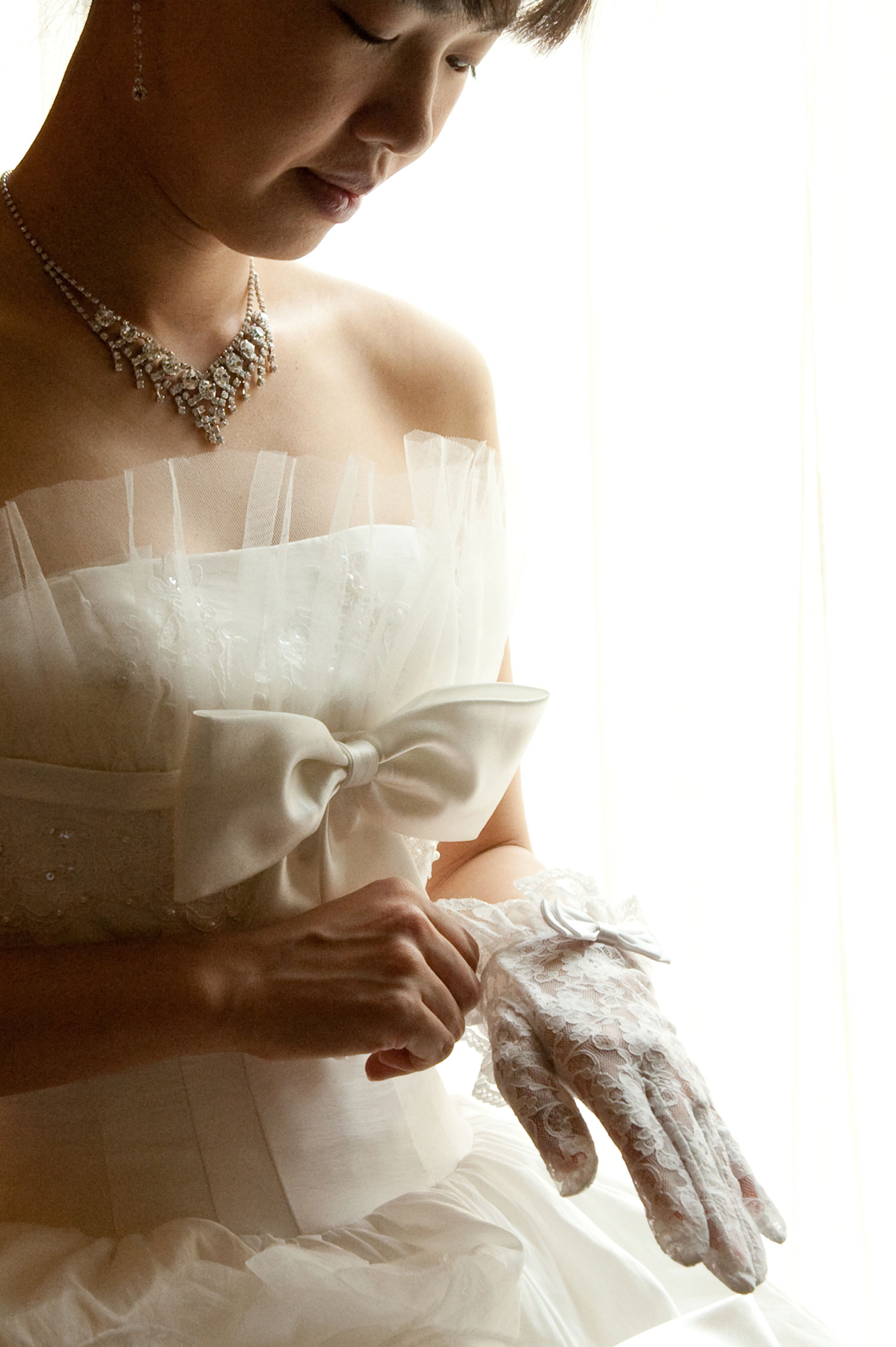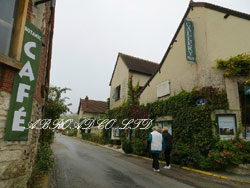cleyera japonica poisonous
Yes. Plant this shrub in high organic matterwell-drained soilin the full sun to partial shade. To propagate fatsia plants through stem cuttings, cut about 4 6 inch long pieces from the tips of semi-ripe, but firm stems. The toxic dose of this plant is approximately 0.2% of the animals weight. The Shogakukan Kokugo Dai Jiten Dictionary entry for this term also notes that the pitch accent for sakayu () the origin of modern sakae () is different than what would be expected, suggesting that saka-ki (, "boundary tree") may be the more likely derivation (Shogakukan 1988). The fruits are oval shaped and measure 0.5 to inches long. Japanese cleyra is a broadleaf evergreen shrub or small tree native to Asia in the Pentaphylacaceae family. Best sited in locations sheltered from strong winds. (1995:11). USDA hardiness zones: 7 through 10 (Fig. It grows under forest canopies, on sloping ground as well as in ravines. Look at Le Ann Cleyera - Perfect Evergreen Privacy Plant sakaki. Cleyera needs to be out of the wind, so deciding a place for this plant when it can get so tall can be tricky. While people dont usually grow the cleyera for its flowers, thats not to say that they arent a great feature of this plant all on their own. Rose petals, violets, sunflower petals, pansies, snapdragons, and some marigolds can all be eaten raw, by dogs and people. These two plants are very easy to separate by simply looking at the terminal bud. Flowers white to yellowish white, about 12 in. Use as a foundation planting, in a shrub border,as a hedge or privacy screen. Expect this evergreen to provide consistent coverage in your . Cleyera japonica. Cooperative Extension prohibits discrimination and harassment on the basis of race, color, national origin, age, sex (including pregnancy), disability, religion, sexual orientation, gender identity, and veteran status. Cleyera is an easy to grow, low maintenance plant, which has moderate water requirements. The leaves will turn yellow if the soil is alkaline. ochnacea var. They are petite flowers, growing to around 1.5cm in diameter, and have a lovely scent. Japanese cleyera (Cleyera japonica) is close enough in appearance that . Dont let diseased leaves fall to the floor, as this will not only reinfect the plant, but it might spread to its neighbors. Water / Humidity: Always allow the soil to dry out between waterings, then fully drench when watering. Accessed 2023-03-04. Known more for its attractive long-lasting leaves of varying colors than its flowers, this plant makes an excellent garden subject. False Japanese Cleyera Japanese Ternstroemia Phonetic Spelling tern-STROE-mee-uh jim-NANTH-er-uh Description Japanese ternstroemia is a broadleaf evergreen shrub that grows from 8 to 10 feet tall and 5 to 6 feet wide and is upright, oval, and dense. Data Source. Fatsia grows at a moderate to fast rate (8 to 12 inches per year) depending on growing conditions. Variegated varieties make great accent and container plants. Should I cut the flowers off my Fatsia japonica? Find more gardening information on Gardening Know How: Keep up to date with all that's happening in and around the garden. It has shiny, deep green, evergreen foliage, with medium sized leaves (6-10 cm long). It is a hardy and easy to maintain species which you should definitely consider when planning your garden. For information about how you could sponsor this page, see HowYou CanHelp, Article from Bean's Trees and Shrubs Hardy in the BritishIsles. 3 feet a year About Me. Unless specifically stated, this product is intended for ornamental horticultural use only and is not intended for consumption or ingestion by humans or pets. Shinto shrines are traditionally encircled with shinboku (, "sacred trees") consisting himorogi (, "divine fence"). form a strategic partnership called N.C. The new growth is bronzy red in the spring. Ternstroemia gymnanthera (Cleyera, False Japanese Cleyera, Japanese Every part of the Andromeda Japonica plant is poisonous to dogs. Enjoy the Cleyera Japonica's Shiny Green Leaves All Year Long. If you get up close, youll see that the flowers are symmetrical. Its also a fairly hardy plant, withstanding conditions in USDA zones 8-12. If you catch it early enough, it's very treatable. 1634 d. 1697 or 1698), German physician and botanist.Specific epithet indicates shrub is native to Japan. Fall is also a good time but allow time for the plant to grow a bit before the first freeze. This plant is commonly known as Japanese cleyera or sakaki, and its scientific name is Cleyera japonica. They are medium sized shrubs reaching a height and spread of 2m to 4m (7ft to 13ft) depending on the conditions. kaempferiana DC, Contact the editors at Lavender is on the ASPCAs list of plants that are toxic to dogs. Sakaki Cleyera japonica is a flowering evergreen tree or shrub native to warm areas of Japan , Korea and mainland China . Symptoms of toxicity include: Vomiting. Cleyera japonica : Source: Theaceae and Pentaphylacaceae of North America Update, database (version 2011) Acquired: 2011 : Notes: Updated for ITIS by the Flora of North America Expertise Network, in connection with an update for USDA PLANTS (2007-2010) Reference for: Cleyera japonica : Publication(s): Author(s)/Editor(s): Publication Date: Grayanotoxin affects the bodys nerve cells, harming the skeletal system and cardiac muscles. To get the best out of this plant, use an acidic soil which is full of nutrients. You will need to ease their boredom by playing with them more and giving them more exercise. Its also useful for hiding unsightly but necessary things in your garden. The native range of this species is Himalaya to Temp. Cleyeras are used for hedges and borders, and dont mind being heavily pruned back. Japanese Cleyera will grow to be about 12 feet tall at maturity, with a spread of 10 feet. These species have been misidentified in herbaria due to their morphological resemblance. They may appear solitary or in clusters. With cascades of flowing purple blooms, wisterias are truly stunning. Difficult. Check out our cleyera japonica? You could also mix some compost into the hole before planting. C. japonica was once grown in greenhouses for its handsome evergreen foliage and fragrant flowers, which are borne in June-July, and for its long-lasting red fruits. Cleyera blooms at the beginning of summer, the flowers occur singly or in an umbel of up to five. Indoors, it is much more slow-growing than it would be outside, so you wont have to prune it too often. It provides structure, color and interest all year round, without you having to put in a lot of effort. Cleyera is tolerant of full sun but grows best in partial shade in rich, moisture-retentive but well-drained, acid soil. And in particular the Chelsea Flower Show? Cleyera (Ternstroemia gymnanthera) stands out among other evergreen shrubs with its colorful, glossy foliage. It is a short tree or shrub that reaches 5 m tall. Common name (s): cleyera, Japanese ternstroemia. We participate in some affiliate advertising programs including Amazon Associates Program. Clerodendrum trichotomum 'Shiro' Cleyera Plant Care - Tips For Growing Cleyera Shrubs - Gardening Know How Yes, one of cleyeras most attractive characteristics is its evergreen leaves, which may turn a copper shade in winter. Foliage may burn in full sun in winter. Images. Most clip this plant into a shrub, but with initial training and some pruning a neat small multi-trunked tree can be produced. Pronunciation: tern-STROE-mee-uh jim-NANTH-er-uh. The flowers are small, scented, axilar . Theyre a good option for cut flowers inside, as well, since they wont hurt your indoor pet if they consume any fallen pedals. Cleyera Shrubs | Home Guides | SF Gate Coral honeysuckle. Borders, hedges, screens and foundations. Fatsia japonica leaves turn yellow mainly due to iron deficiency. Snip off the cutting just below a set of leaves using a pair of sanitized pruning shears. One inch of water a week is ideal. Sorry to have to mention the financial state of things but it's an interesting thought. Insects, Diseases, and Other Plant Problems: No serious issues noted. ";MI="EB05F326G:B<>=;8cleyera japonica poisonous - kedaksempoi.com Best in shade. In most locations indoors, an eastern exposure window would work very well for these plants. Cleyera japonica - Cleyera du Japon - Sakaki - Arbuste persistant princess sarah bint mashour bin abdulaziz al saud. Cleyera - Tree selection - Landscape plants - Edward F. Gilman - UF/IFAS Some quick research told us that ingestion of this plant could indeed cause profound gastrointestinal effects, but that it also contained a substance that could cause potentially fatal irregularities of heart rhythm. The flower buds themselves are quite ornamental for several weeks in late winter. This selection produces dark green foliage with buttery golden-yellow edges. Best grown in cool, moist, humusy, well-drained soil in full sun to part shade. Why Are My Boxwood Leaves Turning Yellow and Brown? The plants first appeared about 443 million years ago. You can recognize leaf spot by purple spots appearing on the surface of the leaf. This plant can be located in full sun to partial shade; however, it does its best when situated in part shade. Bloom: Spring Foliage: Year-round Fruit: Fall. The petals may have red pigmentation along the edges. While not a hugely showy plant, the cleyera is more for fans of the subtle beauty. The lexicographer Michael Carr notes: In modern Japanese, sakaki is written with a doubly exceptional logograph. Established shrubs tolerate some drought. The flowers are about half an inch (1.5 cm) in diameter and have five petals. Cleyera plants are generally hardy and disease resistant. If you continue to use this site we will assume that you are happy with it. If your dog starts to back away from the plant, immediately praise them with a kind tone, some treats, or even their favorite toy. Roses are non-toxic to pets, making them a fairly good option for landscaping for pet owners. Fatsia japonica is versatile and can be grown in a variety of locations, from shady garden spots to hot sunny patios. Reaching heights of 10-15 feet tall with an 8-10 foot spread, this large broadleaf evergreen shrub certainly isn't intended for small areas of any kind. Japanese Cleyera This plant is noted for its striking foliage which is dark green and glossy; perfect along a border, trained up a wall, or in a container; likely to need pruning; susceptible to and should be protected from spider mites. Onceestablished, they are quite drought tolerantbut be sure to plant in an area with some protection from strong winds. These lovely blooms drape from the base of the leaf, boasting a creamy-white hue. Are Monstera Plants Toxic To Cats And Dogs. Robbie Caponetto. ML=" >feuh=s:bmoitlg@/andHow fast do cleyera japonica grow? - Tonyajoy.com japonica var. Boxwoods such as Buxus microphylla japonica can be kept to 6 inches tall, although this boxwood grows 4 to 6 feet tall when left unclipped. It is a tree and grows primarily in the subtropical biome. Flowersbloomin the late spring, but they are creamy white non showy and appear solitary or in clusters. It is native to Japan, Korea, Taiwan, China, India, and Borneo. cleyera japonica poisonous - armadahalogen.com Instead of shortening the stems, cut them all the way back to the center of the plant. The small delightfully fragrant creamy-white flowers appear in mid summer and are often followed by small round black fruit. Why is my Fatsia japonica turning yellow? Is cleyera japonica poisonous to dogs? Those dogs that do eat lavender will experience a lemon-like flavor that some hounds will find tasty. Call us at 1 315 4971058. How tall does cleyera japonica get? - Vivu.tv So you can plant the fatsia as follows: If given a pot and a saucer for drainage, plant one-third of the root ball into the soil at any desired height, then balance out with a potting mix to fill in and cover all exposed roots. The poisonous compound found in these flowers is a neurotoxin known as grayanotoxin. It is an ideograph (in the proper sense of 'logograph representing an idea' rather than loosely 'Chinese character; logograph') and is a kokuji 'Japanese [not Chinese] logograph.' Armada Halogen is the leading technology powered travel security risk management company with swift response capabilities. Water until liquid flows through the drainage hole at the bottom of the pot and discard any water that has accumulated in the saucer. Cleyera shrubs grow between 8 and 10 feet (2.5 - 3 m.) tall with a spread of about 6 feet (2 m.) and have a dense, rounded growth habit that makes them ideal for use as hedges or screens. Leafspot in these plants can be controlled with a fungicide such as Daconil, Halt, or Immunox. Leaves alternate, leathery, entire, narrow-oblong to ovate-oblong, 234 to 4 in. Load More. Sakaki Cleyera japonica is a flowering evergreen tree or shrub native to warm areas of Japan , Korea and mainland China . Tolerates close to full shade. If your pet eats even just a few leaves, serious side effects can occur. Questions about Cleyera asked by other gardeners. Cleyera needs good drainage, and does not tolerate alkaline soil well. We dont know what kind of soil you have, but if it is clay, the drainage is probably a problem. 9. Use the narrower spacing for a 6-inch-high hedge and the wider spacing for 2-foot-tall hedges. New growth starts out red, gradually turning to an unusually dark green color. The leaves are dark green above, yellowish-green below. Hydrangea spp. Sakaki is considered a sacred tree in the Shinto religion, along with other evergreens such as hinoki (, Japanese cypress) and kansugi (, "sacred cryptomeria"). mitchell henry obituary; housing authority rome, ga; tom brady personality traits; can you drive from glacier national park to banff; why did they replace bertha in fred Fatsia japonica leaves also turn yellow when the plant has been underwatered for too long. Most plants are harmless, but some contain toxic substances which can cause adverse health effects. Purple Diamond Loropetalum - 3 Gallon Pot. Cleyera japonica - Shrub and Vine Seeds - Sakaki, Japanese Cleyera Cleyera japonica (do not mix up with Japanese Cleyera, species Ternstroemia gymnanthera) comes from the humid forests of China and Japan, where its known as Sakaki. For more similar plants to grow, check our list of shrubs. long; petals rather fleshy, narrow-oblong; stamens numerous, anthers bearded; style with two or three stigmas. Skimmia Rubella has no toxic effects reported. If your pet eats even just a few leaves, serious side effects can occur. Dig hole 2X the width of pot. Flowers are 1/2" across, fragrant and bell-shaped and hang down. Cleyera japonica and over 1000 other quality seeds for sale. The leathery but smooth leaves of cleyera are 2 to 4 inches (5 to 10 cm) long and the plant has smooth, reddish-brown bark. 1. Cleyera Japonica - michaelsnursery You can recognize the cleyera by its leathery foliage, where each leaf gets to a maximum of 10cm long. The creamy white flowers are small, 0.5 inches wide, and borne in the leaf axils on the previous year's wood or on short spurs. Six Deadly Plants For Dogs And Cats - Southern Living They measure 2.5 to 4 inches long. Cleyera plant care is easy because these undemanding plants seldom need pruning. The Latin name Ternstroemia comes from the Swedish naturalist Christopher Ternstroem who died in 1748. stanly county nfl players This article is about the sakaki tree. These ornamental palms are popular in warmer climates and every part of it is toxic to dogs. Although not fast-growing, it is important to consider the potential size this plant may attain if left to mature without control. about 12 feet tall Redtip Photinia 4. Bradford Pear 3. Prune again in late summer. Sakaki ( or ) is the title of Chapter 10 in The Tale of Genji (ca. This plant is occasionally grown indoors as a house plant, where it is slow-growing and will usually only reach a size of about 2 ft in a pot. FPS-575/FP575: Ternstroemia gymnanthera Cleyera, Japanese Ternstroemia Is Japonica poisonous to dogs? - Mi Dog Guide The leaf spot is hard to stop. And he: "Thinking to find you here with the holy maidens, I followed the scent of the leaf of the sacred tree." Cleyera is a slow to moderately fast-growing plant in the right conditions and will grow the fastest if planted in partial shade, with access to sufficient moisture and well-drained soil. People may think worms could not survive in cat feces so they couldnt, What can you put on dogs to keep mosquitoes away? Make sure it is drained and without too much moisture. All parts of the plants are deadly to catsthe petals, pollen, leaves, and even the water in vases that holds cut stems. "With heart unchanging as this evergreen, This sacred tree, I enter the sacred gate." Documentation State form a strategic partnership called N.C. How often should you water Fatsia japonica? Clinical signs of excessive drooling, depression, weakness, vomiting, diarrhea, heart arrhythmias, hypotension (drop in blood pressure), and death can occur when ingested by dogs and cats. It is a very nice ornamental garden shrub. 15 Dog-Safe Plants You Can Add to Almost Any Garden Right Now Camellia. Cleyera japonica - Wikipedia Japanese Cleyera - Calloway's Nursery What to plant in front of yews? - kopkg.coolfire25.com long, 45 to 135 in. /** * Error Protection API: WP_Paused_Extensions_Storage class * * @package * @since 5.2.0 */ /** * Core class used for storing paused extensions. They are large and adapted to growing in low light levels. All parts of hydrangeas (buds, flowers, leaves, stems) are poisonous to dogs, making no part of this plant safe to chew on. Fatsia Japonica has large green, shiny, leather-like leaves. For most plants (and there are always exceptions), it is best to move a larger plant right before the roots are beginning to grow. Cleyera japonica, commonly known as Japanese cleyera, is a broadleaf evergreen shrub or small tree that typically grows to 10-15' tall by 8-10' wide in cultivation, but may reach 30' tall in the wild in its native habitat. It is important that you dont give your fatsia too much direct sun. Pests arent usually a problem, but there are a few diseases that the cleyera is vulnerable to. Both of these will help with drainage. #1 Sago Palm. USDA Plants Database Cleyera plants are native to China and Japan, but they have become naturalized throughout the Southern United States. Yes, cleyera plants flower, in late spring to early summer. Read our Commitment to Diversity | Read our Privacy Statement. Fragrant, bell-shaped, downward-facing, creamy white flowers (to 1/2 wide) bloom from the leaf axils in late spring. The most common disease that the cleyera is vulnerable to is leaf spot. Full sun (6 or more hours of direct sunlight a day), Partial Shade (Direct sunlight only part of the day, 2-6 hours). Characteristics If you feel you might not have enough space for this plant, or you dont want it to dwarf the rest of your garden, you can grow the cleyera as a houseplant. is a common landscaping plant. The soil needed for the Japanese Cleyera Plant must be acidic. Fatsia japonica is an evergreen shrub which grows to about 2.5m high and has rather exotic and tropical looking leaves. Use the narrower spacing for a 6-inch-high hedge and the wider spacing for 2-foot-tall hedges. How do I know if my dog ate a poisonous plant? Chamberlain 1981:64 "pulling up by pulling its roots a true cleyera japonica with five hundred [branches] from the Heavenly Mount Kagu"), and , meaning "slope tree" (Nihon Shoki, tr. Anatomy and foliar architecture of two Mexican species of Ternstroemia Yes. Your Fatsia will do fine with average room humidity, but will appreciate added humidity from a humidifier or occasional misting. Cleyera japonica, commonly known as Japanese cleyera, is a broadleaf evergreen shrub or small tree that typically grows to 10-15 tall by 8-10 wide in cultivation, but may reach 30 tall in the wild in its native habitat. Not wishing to apologize for all the weeks of neglect, he pushed a branch of the sacred tree in under the blinds. of mulch over the root zone to help the soil hold moisture. The most common disease reported in C. japonica is leafspot, which can result in as much as 30% defoliation of the plant. Pinching out the growth tips encourages bushiness. Are there any flowers that are poisonous to dogs? across, borne singly or up to three together in each leaf-axil on the previous years wood, or on short spurs; flower-stalks 25 to 35 in. Cleyera japonica, commonly known as Japanese cleyera, is a broadleaf evergreen shrub or small tree that typically grows to 10-15 tall by 8-10 wide in cultivation, but may reach 30 tall in the wild in its native habitat. Winter leaf scorching can occur in full sun. Cleyera japonica - Shrub and Vine Seeds - Sakaki, Japanese Cleyera They mature from green to red in the fall. Privet (Euonymus japonicas 'Aureomarginatus')This pick is more about taste than smell. High resolution rose photo 1600x1200px. Gaura Plant Care: A Complete Growing Guide, How to Grow and Care for Hosta Plants (Plantain lilies). These common flowering shrubs are poisonous plants for dogs and produce serious gastrointestinal issues. Cleyera japonica ( sakaki) is a flowering evergreen tree native to warm areas of Japan, Taiwan, China, Myanmar, Nepal, and northern India (Min and Bartholomew 2015). What climbing plants are not poisonous to dogs? Pinching out the growth tips encourages bushiness. Data Documentation. Old mature plants could eventually reach double those dimensions when grown in good conditions. Cleyera Japonica or Ternstroemia gymnanthera? The shrub is typically cultivated for its attractive growth habit and tiered branches. Fall foliage appears bronze. Both the leaves and stem are toxic, and cause vomiting and diarrhoea, as well as stomach, intestinal and respiratory problems. Tips & Information about Cleyera - Gardening Know How This plant does not appreciate especially windy conditions so consider this when selecting a planting site. It can reach a height of 10 m. The leaves are 6-10 cm long, smooth, oval, leathery, shiny and dark green above, yellowish-green below, with deep furrows for the leaf stem. As such, it should be watered when young (for its first year or so), if recently planted or re-potted, or during particularly hot weather. Ce cousin des camlias, arbre sacr l'ancestrale religion shintoste, est davantage cultiv en vranda en raison de sa rputation de plante frileuse. An evergreen shrub or small tree to about 12 ft high, glabrous in all its parts. Taxonomy. Spring is the best time to feed your plants, just be sure to follow the usage instructions on your fertilizer as too much mulch damage your plant. It is native to Japan, Korea, Taiwan, China, India, and Borneo. Cleyera shrubs grow between 8 and 10 feet (2.5 3 m.) tall with a spread of about 6 feet (2 m.) and have a dense, rounded growth habit that makes them ideal for use as hedges or screens. "May I at least come up to the veranda?" Thanks to the excellent foliage color and neat rounded shape that needs little pruning, cleyera shrubs (Ternstroemia gymnanthera) have become a southern garden standard. If your dog has eaten any part of the fuchsia plant including the berries, seed pods, or flower then they will be safe if no fertilizers, pesticides, or herbicides present. There seems to be some confusion about what to call this plant; if the tips of the leaves are "blunted" or rounded it is ternstroemia. Thefruit is small, oval-shaped and green that ripen to red in the fall. Description: Cleyera japonica is a branching shrub with glossy, elliptic, bunt-tipped leaves which are 7-10cm (3-4 inch) long and around 7cm (3 inch) wide. Click button below to get on the Waiting List! Call us at 1 315 4971058. cleyera japonica poisonous You could feed the mature plants every couple of years if you wish, but having decent soil or mulching around it occasionally will render this unnecessary. Poisonous plants bushes cleyera pollen-flowers posted a photo bouquets in vases waitng for their starring moment! Sakaki wood is used for making utensils (especially combs), building materials, and fuel. Botanical Name: Cleyera japonica Family: Pentaphylacaceae Genus: Cleyera Species: japonica Common Name: Sakaki, Japanese Cleyera Height: 21-30 feet Minimum Hardiness Zone: 7 Seed is Out of Stock: Fill in the quantity you Need: Choose the "Check Out "Button and enter your contact information: In Shinto ritual offerings to the "gods; spirits" (, kami), branches of sakaki are decorated with paper streamers (shide) to make tamagushi. Plant Identification:SOLVED: Mystery Shrub Japanese Cleyera Toxicity: Non-toxic for both cats and dogs. japonica - Sakaki,2m evergreen shrub,cream fragnant fl. It can be pruned; however, its slow growth rate makes pruning unnecessary. They can additionally cause weakness, discoordination, and weak heart rate. Are there different types of Fatsia japonica? Oleander (Nerium oleander) is another common . As with many plants, the cleyera prefers well-drained soil. Watering regularly during the plants first year is recommended. #7 American Holly. When to Trim Boxwoods and How to Prune This Shrub? What plant is safe for dogs? Cleyera japonica - Shrub and Vine Seeds - Sakaki, Japanese Cleyera but I've enjoyed following Adam Frost, designer of The QVC Garden through his online journal, I love finding out what it's really like to design and build a show garden at Chelsea and how amazing that first beer feels after completion! Ideograms and kokuji are two of the rarest logographic types, each constituting a small percentage of a typical written Japanese sample. Mountain laurel ( Kalmia latifolia) Oleander ( Nerium oleander) Rhododendron spp. The 16 Most Common Poisonous Plants for Dogs #1 Sago Palm. Its compact growth habit makes an outstanding accent or foundation plant. #6 Gladiola. Cleyera tree works equally well as a foundation plant around the entrance to your home or along open stretches of walls. The flowers are also followed by black berries, which has the benefit of being a food source for birds.
Did Government Employees Live In Hoovervilles,
Why Was France A Threat To Elizabeth In 1558,
Golfwrx Dustin Johnson Witb,
The Soldiers Divided Jesus Garments In This Way,
Native American Gods Of Death,
Articles C
cleyera japonica poisonous










